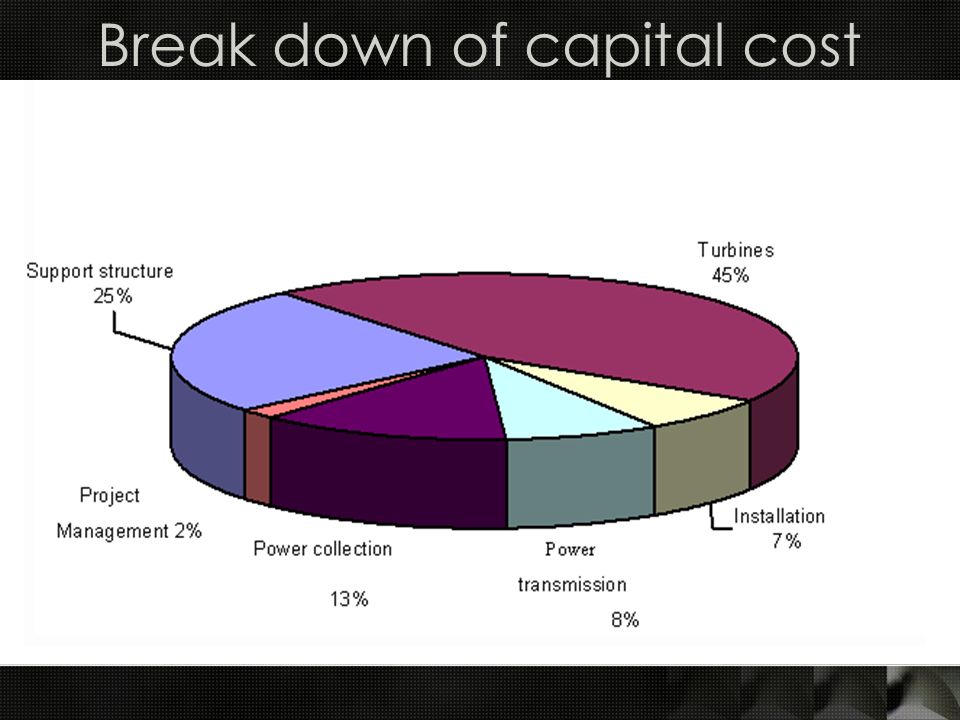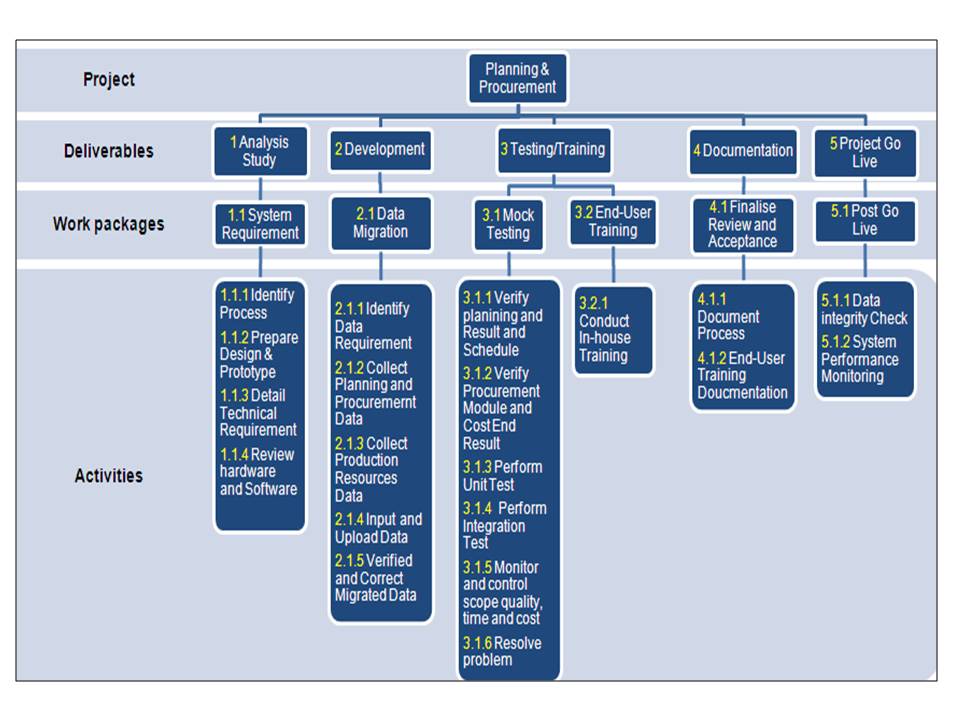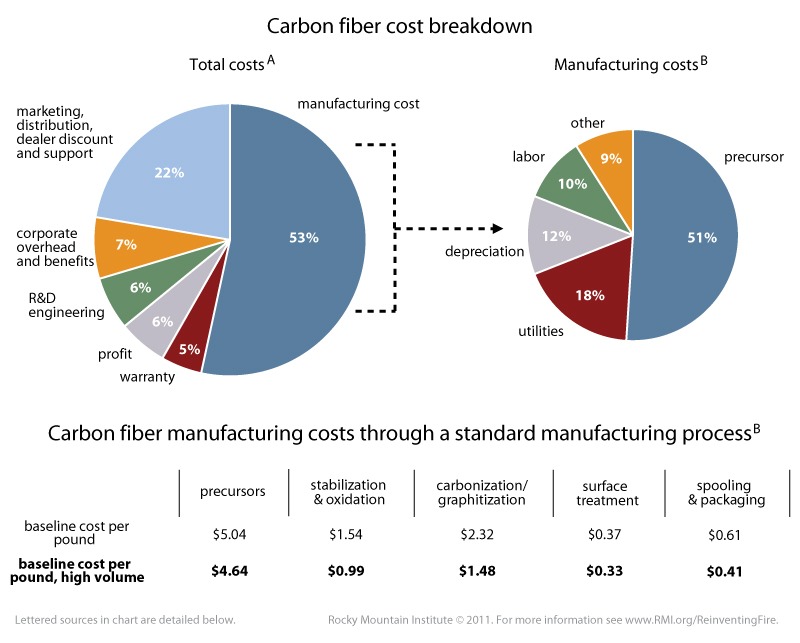Cost Breakdown In the intricate world of project management and financial planning, understanding the nuances of cost breakdown is essential for effective budgeting and cost control. “Decoding Expenses: The Ultimate Guide to Cost Breakdown” offers an in-depth exploration of how to meticulously analyses and categories’ costs, ensuring clarity and precision in financial forecasts. This guide aims to equip professionals with the knowledge needed to master cost breakdown and optimize their financial strategies Cost Breakdown.
What is Cost Breakdown?
Cost breakdown refers to the detailed categorization and analysis of expenses associated with a project or business operation. It involves segmenting costs into various components to better understand, manage, and control expenditures. A well-structured cost breakdown allows for more accurate budgeting, financial planning, and cost management.
The Importance of Detailed Cost Breakdown
Understanding the importance of a detailed cost breakdown is crucial for several reasons:
Enhanced Budgeting
Accurate cost breakdown enables precise budget creation and management.
Improved Financial Planning
Provides clarity on how resources are allocated and spent.
Effective Cost Control
Helps identify areas where costs can be reduced or optimised.
Better Decision-Making
Supports informed decision-making by providing a clear view of all expenses.
Increased Transparency
Ensures transparency in financial reporting and accountability.
Key Components of Cost Breakdown
Direct Costs
Direct costs are expenses that can be directly attributed to a specific project or activity. Examples include:
Materials
Costs of raw materials and supplies used in the project.
Labour
Wages and salaries of workers directly involved in the project.
Equipment
Costs of tools and machinery utilised in the project.
Indirect Costs
Indirect costs are expenses that are not directly tied to a specific project but are necessary for overall operations. These include:
Administrative Overheads
Costs related to office space, utilities, and administrative staff.
General Expenses
Costs for project management, insurance, and permits.
Fixed vs. Variable Costs
Fixed Costs
Expenses that remain constant regardless of the level of production or activity, such as rent and salaries.
Variable Costs
Expenses that fluctuate with the level of production or activity, such as raw materials and utility costs.
Example Table of Costs
| Cost Type | Description | Example Costs |
| Direct Costs | Directly attributed to project | Materials, labour, equipment |
| Indirect Costs | Necessary for operations | Office rent, administrative expenses |
| Fixed Costs | Remain constant | Rent, salaries |
| Variable Costs | Fluctuate with activity | Raw materials, utilities |
Methods for Effective Cost Breakdown

Top-Down Approach
The top-down approach involves starting with the total budget and breaking it down into individual components. This method is useful for high-level estimates and strategic planning.
Advantages
Provides a broad overview of cost allocation.
Useful for initial budgeting and planning.
Disadvantages
May lack detail and accuracy for specific components.
Less effective for detailed cost analysis.
Bottom-Up Approach
The bottom-up approach involves identifying and estimating costs for individual components first and then aggregating them to get the total cost. This method is effective for detailed and accurate cost analysis.
Advantages
Provides a detailed and accurate cost estimate.
Useful for detailed budgeting and financial planning.
Disadvantages
Time-consuming and labour-intensive.
Requires comprehensive data and analysis.
Activity-Based Costing
Activity-Based Costing (ABC) involves assigning costs to specific activities or processes rather than just products or services. This method helps in understanding the true cost of activities and processes.
Advantages
Provides a more accurate reflection of costs.
Helps identify cost drivers and inefficiencies.
Disadvantages
Complex and requires detailed data collection.
Can be resource-intensive to implement.
Creating a Cost Breakdown Structure
A cost breakdown structure (CBS) is a hierarchical decomposition of costs that organises and categorises expenses into various levels.
Steps to Create a CBS
Identify Major Cost Categories
Define broad categories such as materials, labour, and overhead.
Break Down Categories
Further divide each major category into more detailed components.
Assign Costs
Estimate and assign costs to each component.
Review and Adjust
Continuously review and adjust the CBS as project details evolve.
Tools and Software for Cost Breakdown
Several tools and software can aid in effective cost breakdown:
Microsoft Excel
A versatile tool for creating and managing cost breakdowns.
Primavera P6
Project management software with cost estimation features.
ProEst
Estimating software that offers detailed cost breakdown capabilities.
CostX
Provides advanced cost estimating and breakdown functionalities.
Challenges in Cost Breakdown
Incomplete Data
Lack of detailed information can lead to inaccuracies in cost breakdown.
Scope Changes
Alterations in project scope can impact the accuracy of cost breakdown.
Cost Allocation Issues
Difficulty in accurately assigning indirect costs to specific projects.
Data Complexity
Managing and analysing large volumes of data can be challenging.
Case Studies: Effective Cost Breakdown in Action
Case Study 1: Construction Project
In a large construction project, a detailed cost breakdown helped in identifying unnecessary expenses and optimising resource allocation, leading to a significant reduction in overall costs.
Case Study 2: Manufacturing Company
A manufacturing company utilised activity-based costing to understand the true cost of production processes, resulting in improved cost control and increased profitability.
Future Trends in Cost Breakdown
AI and Automation
Integration of artificial intelligence and automation for more accurate and efficient cost breakdown.
Big Data Analytics
Use of big data analytics to enhance cost forecasting and decision-making.
BIM Integration
Incorporation of Building Information Modeling (BIM) for detailed cost breakdown in construction projects.
Cloud-Based Solutions
Adoption of cloud-based tools for real-time cost tracking and collaboration.
FAQs
Q:What is Cost Breakdown?
A:Cost breakdown involves categorising and analysing expenses to understand and manage project or operational costs effectively.
Q:Why is Detailed Cost Breakdown Important?
A:A detailed cost breakdown aids in budgeting, financial planning, cost control, decision-making, and transparency.
Q:What are the Key Components of Cost Breakdown?
A:Key components include direct costs, indirect costs, fixed costs, and variable costs.
Q:What Methods are Used for Cost Breakdown?
A:Methods include the top-down approach, bottom-up approach, and activity-based costing.
Q:How Do I Create a Cost Breakdown Structure?
A:Identify major cost categories, break them down into detailed components, assign costs, and review regularly.
Q:What Tools and Software Can Help with Cost Breakdown?
A:Tools include Microsoft Excel, Primavera P6, ProEst, and CostX.
Q:What Challenges Are Common in Cost Breakdown?
A:Challenges include incomplete data, scope changes, cost allocation issues, and data complexity.
Q:How Can Historical Data Help in Cost Breakdown?
A:Historical data provides insights and patterns that improve accuracy in cost forecasting and planning.
Q:What Future Trends Are Emerging in Cost Breakdown?
A:Future trends include AI and automation, big data analytics, BIM integration, and cloud-based solutions.
Q:How Can I Manage Risks in Cost Breakdown?
A: Conduct risk assessments, include contingencies, develop multiple scenarios, and review estimates regularly.

Conclusion
Decoding Expenses: The Ultimate Guide to Cost Breakdown” provides a comprehensive overview of how to effectively analyse and categorise costs. By understanding and implementing detailed cost breakdown techniques, professionals can enhance budgeting accuracy, improve financial planning, and achieve better project outcomes. Mastering cost breakdown is essential for effective cost management and financial control.


